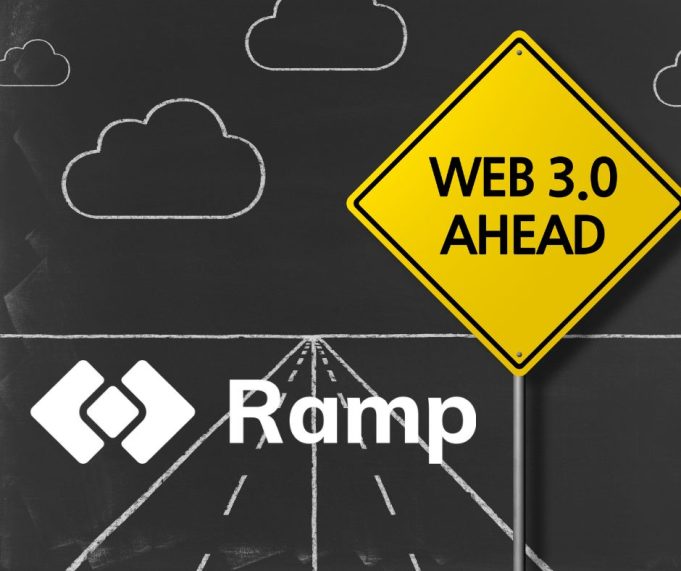Łukasz Anwajler, the Chief Technology Officer of Ramp, believes that user journeys are becoming increasingly important for the development of Web3. Currently, using Web3 can feel fragmented and convoluted, as users need to interact with on-ramps or off-ramps in a separate environment. This creates a disjointed experience and leaves room for unnecessary risk, as custodial services take control over funds during one or the other. Anwajler is part of CoinDesk’s “BUIDL Week,” which is focused on creating a seamless, secure, cost-effective and fast way to jump in and out of Web3, while also making it fully self-custodial from start to finish.
Alice wants to participate in coolNewProject, so she creates an account on a popular hot wallet browser extension. She then uses a service to debit her bank account and credit crypto to her self-custodial wallet address. This allows her to interact with the project’s decentralized application (dapp) within the same extension. This process is a step forward in the onboarding process for Web3, but there is still room for improvement. Alice can now easily and securely access coolNewProject, allowing her to take advantage of the benefits of decentralized applications.
Alice can make money with non-fungible tokens (NFTs), Web3 games, and decentralized finance (DeFi) strategies, but taking her earnings back to fiat for everyday use is not as simple. To convert her crypto to fiat, Alice will have to manually send the funds from the wallet she connected to the dapp to her wallet on a centralized custodial exchange service that’s linked to her bank account. Then she’ll have to sell her crypto on that service in order to withdraw the equivalent fiat to her bank account. This process is not as straightforward as it could be, but it is possible for Alice to take her earnings back to fiat.
Web3 applications are becoming increasingly popular, but they often leave users in an “easy to get in, hard to get out” situation. To make the user experience more seamless, developers should integrate on-ramps and off-ramps natively into their applications. This way, users can easily and securely convert their crypto back to fiat without having to use a custodial service. By providing a completely self-custodial user journey, users can enjoy a single ad-hoc self-custodial Web3 experience, with the option to transfer funds from the dapp to a fiat bank account right in the features menu.
Alice wants to use coolNewProject and purchase crypto with ease. Ramp provides developers with a convenient way to integrate these functionalities into their applications’ user journeys. An ideal user journey would allow Alice to purchase crypto through a widget on the dapp’s menu, and then quickly off-ramp her earnings to her bank account. This would provide a 360-degree user experience that is similar to existing Web2 experiences with online payments and cash-outs, and could have a watershed moment for Web3.
In-app fiat-crypto infrastructure should be the standard for Web3 applications going forward. It provides users with a single, self-contained experience that reduces the learning curve and is more secure. It also reduces transaction fees for both network miners and exchange services, and provides developers with alternative monetization options. By making in-app fiat-crypto infrastructure the norm, users can enjoy a more secure, cost-effective, and user-friendly experience when interacting with dapps.
Web3 users need to be able to easily move their funds between the real world and the blockchain. To make this happen, the off-ramp phase of the user journey must be as simple and secure as the on-ramp. This means it should be in-app, fast, cost-effective, and self-custodial. By providing a seamless and secure experience for users to move their funds, Web3 can ensure that users have a tangible sense that their economic activities in the blockchain fit seamlessly into their real life economic activities.
Cryptocurrency users should be in control of their funds from start to finish, and avoid counterparty risk. To ensure this, the necessary infrastructure is already in place, and it is our responsibility to set better standards for each step of the user journey. This will help build more robust and reliable services, and give users the peace of mind that their funds are secure and their data is protected. By proactively setting higher standards, users can trust that their funds are safe and their data is secure.













